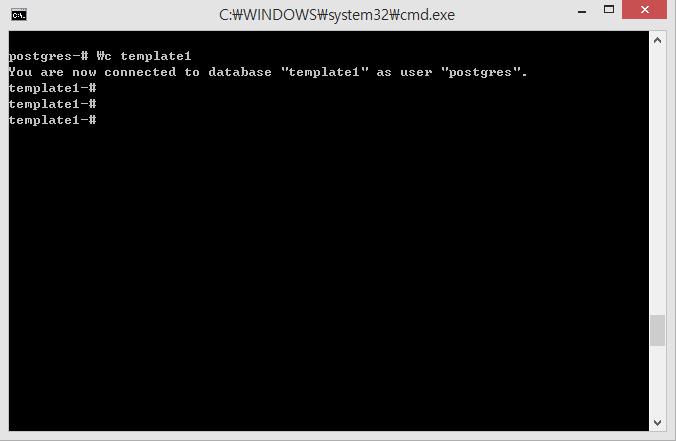

Click New Query and run the following command: CREATE DATABASE myDB

The first is to create a new database that is separate from the mysql informational database you are currently connected to.

Now that you have connected, you should make a few changes to improve the security of your database. Press Test Connection to confirm that all of your information is correct and then save! Configure Your PostgreSQL Database For now, we’ll use the postgres user with the password set during installation and the database postgres: Now, let’s connect! Open Arctype, press ‘Add New Connection’, and enter your connection information. Postgres=# ALTER USER postgres with password ‘myPassword’ Now, we have to set a root password for our Postgres server by running psql as the newly-created ‘postgres’ user: $ sudo -u postgres psql Sudo /usr/pgsql-13/bin/postgresql-13-setup initdb Sudo dnf install postgresql13 postgresql13-server Sudo apt install postgresql postgresql-contrib You can install Postgres by following the commands corresponding to your Linux distribution: In this guide, we’ll walk you through how to install Postgres on Linux. If you haven’t yet, you can head over to our documentation page and find out more about TimescaleDB, our open-source extension that makes PostgreSQL scalable.PostgreSQL is one of the most popular database systems available today. Option 2: psql Now you have connected via psql. Once you run that command, the prompt will ask you for your password. Now, in order to connect to your PostgreSQL server, we’ll need the following connection params: Let’s confirm that psql is installed: psql -version Last step: Connect to your PostgreSQL server Note: This only installs the psql client and not the PostgreSQL database. Install on Ubuntu and Debian using the apt package manager: sudo apt-get update From your command line, run the following commands: brew doctorįinally, symlink psql (and other libpq tools) into /usr/local/bin: brew link -force libpq Install on Ubuntu 16.04,18.04 and Debian 9,10 psql -version Install on MacOS using Homebrew In fact, if you’ve ever installed Postgres or TimescaleDB before, you likely already have psql installed. Before you startīefore you start, you should confirm that you don’t already have psql installed. Here we explain how to install psql on various platforms. Psql is the standard command line interface for interacting with a PostgreSQL or TimescaleDB instance.


 0 kommentar(er)
0 kommentar(er)
